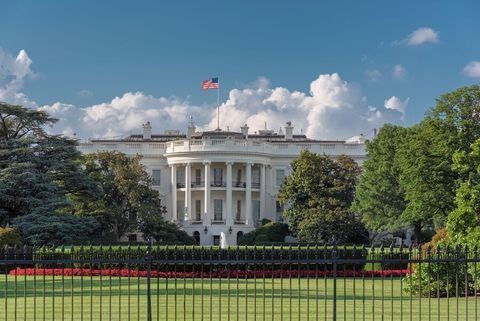See You in the Metaverse: What Brands Need to Know
Client Alert | 3 min read | 03.14.22
In recent months, the metaverse, a term that is meant to encompass a mixture of virtual reality and augmented reality, has increasingly become a conversation topic for companies and consumers. Companies have begun to invest in this space and have started staking out virtual property on platforms like Decentraland and The Sandbox. Lawsuits and trademark applications have also popped up alongside these investments. This recent legal activity indicates that the metaverse will be a critical area for companies to begin to learn about and monitor to ensure they are adequately protecting their intellectual property and avoiding risk.
In January 2022, designer Hermès sued an individual named Mason Rothschild in the Southern District of New York for his creation and sale of “Metabirkins,” which are non-fungible tokens (“NFTs”) that resemble fur-covered versions of Hermès’ iconic Birkin bag. Among other things, the complaint alleges that Rothschild has engaged in trademark and trade dress dilution and infringement by selling his NFTs, one of which has already sold for $40,000, just as one would by selling a counterfeit physical bag. Interestingly, Hermès’ complaint notes that the defendant’s activity is preempting Hermès from entering the NFT market itself.
In response, Rothschild’s Motion to Dismiss likens Metabirkins to virtual art, comparing them to an Andy Warhol painting of a can of Campbell’s soup. Among other things, Rothschild argues that his activity is protected by the First Amendment as artistically relevant, noncommercial speech, the goal of which is at least in part to comment on the animal cruelty inherent in the production of the leather bags by creating fur-covered virtual reproductions. Hermès has since amended its complaint, for example by adding more allegations of instances of confusion as to the sponsorship of the Metabirkins and by combatting Rothschild’s claims that the NFTs are primarily artistic works. The court’s decision could have vast implications for what intellectual property rights may—or may not—exist in the metaverse.
Nike has also sued virtual NFT platform StockX LLC for trademark infringement by selling NFTs which are supposed to represent a Nike shoe that is stored in a StockX vault. Nike argues that consumers are likely to be confused about the source of the goods, as Nike has not actually authorized these sales. StockX has not responded to the complaint yet.
The Nike/StockX and Metabirkins lawsuits are reminiscent of those filed over a decade ago related to Second Life, a popular virtual universe where players can create virtual avatars, visit virtual worlds, and even create, buy and sell products. While those matters settled and did not create applicable legal precedent, the current lawsuits may encounter a different fate, especially as our lives continue to play out on virtual platforms.
There are also increasing examples of various companies that have sought intellectual property protection in the metaverse. For example, several fast food chains have applied for metaverse-related trademark registration in classes including 9, 35, 41, and 43, contemplating activity such as opening virtual restaurants where consumers could order, and the physical food would be delivered to them. Nike, which has been filing metaverse-related trademark applications since the fall of 2021, also recently added additional applications to include some associated with the sale of physical goods through virtual ones.
Though the metaverse is a very new and constantly evolving concept, it raises significant novel issues. Most importantly, companies should actively police their intellectual property rights to ensure they are not being infringed in the metaverse. This will be important whether companies are seeking to invest in this space or not, as infringement may be quicker, easier, and harder to catch in this new world. Additionally, businesses who are interested in becoming part of this space should monitor for any potential infringement liability or other evolving areas of risk such as privacy concerns. Overall, it will be important for companies to continuously watch for developments in this space, both for opportunities and for risks.
Contacts
Insights
Client Alert | 7 min read | 12.19.25
In Bid to Ban “Woke AI,” White House Imposes Transparency Requirements on Contractors
In July 2025, President Trump signed Executive Order (EO) 14319, Preventing Woke AI in the Federal Government, to preclude the federal government from procuring artificial intelligence (AI) models that incorporate “ideological biases or social agendas,” including “diversity, equity, and inclusion.” The EO mandates that the federal government purchase only large language models (LLMs) developed according to two “Unbiased AI Principles” — that they be “truth-seeking” and show “ideological neutrality.” To implement these principles, the EO directed the Office of Management and Budget (OMB) to issue guidance.
Client Alert | 19 min read | 12.18.25
2025 GAO Bid Protest Annual Report: Where Have All the Protests Gone?
Client Alert | 7 min read | 12.17.25
Client Alert | 1 min read | 12.17.25




